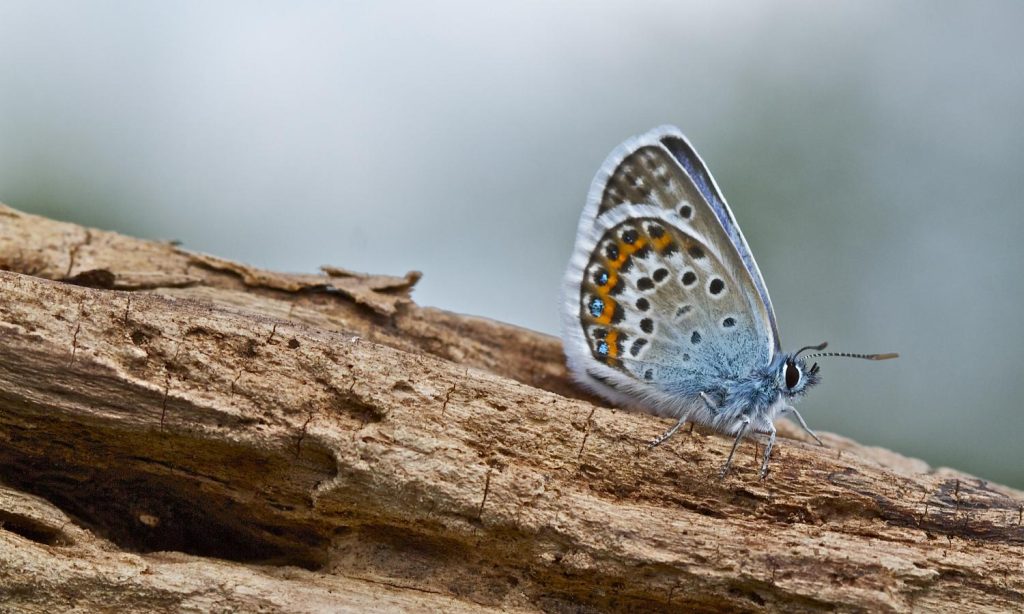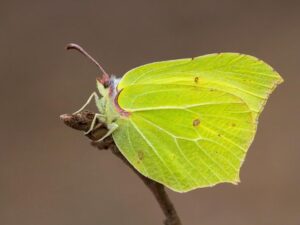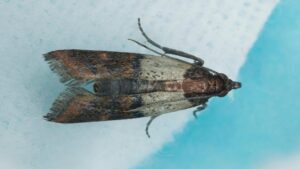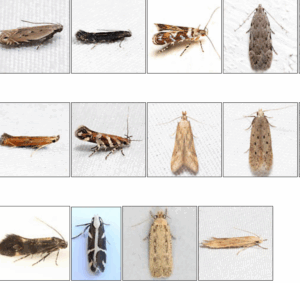Wander through our unique, seasonal Butterfly Habitat (open each fall and spring) and witness the fascinating dance between free-flying butterflies, the plants that sustain them, and their important role as pollinators in the ecosystem.
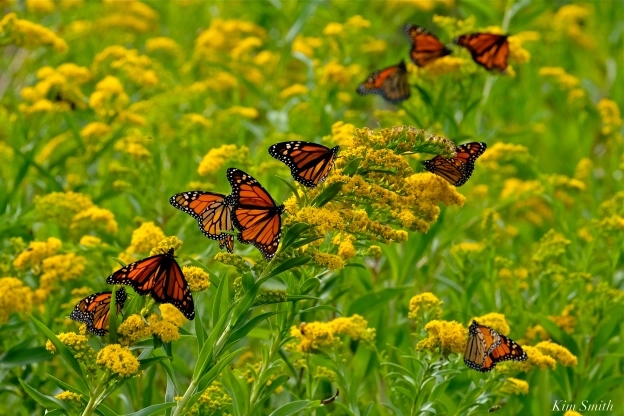
Whether it’s an urban car park or peaceful woodland, many habitats can be managed to attract butterflies and moths.
Each butterfly species has its own habitat requirements. These are determined by the foodplant of the caterpillar, the nectar source for the adult butterfly and the conditions needed for the caterpillar to survive and then pupate successfully. Some butterflies are happy to live and feed on several plants and can breed in a variety of places, including gardens and parks. Others are fussier and have very specific requirements.
Habitat specialist butterflies and moths can disappear rapidly if the environment they rely on changes. Habitat loss is the main cause of the decline of butterflies and moths. Land management techniques such as the intensification of farming and forestry, industrial development of buildings and roads and climate change all have an impact.
Find out about the places butterflies and moths live and the practical measures needed to protect and manage the environment different species rely on.o be beside the seaside, on the shoreline with sea or among the coastal cliffs and dunes.
Butterfly Habitat Essentials
In the warm summer months it’s easy to tell the gardens that are the serious butterfly attractors. Where butterflies abound, it’s usually not by chance. They’re attracted by specific elements, all which can easily be added to any garden.
Butterflies need nectar throughout their life but adults feed primarily in sunny areas. They are most attracted to brightly colored flowers in hues of red, orange, yellow, purple and pink for this food source. Flowers with flat tops make good landing pads and short flower tubes make easier access to nectar. Good tried and true examples of sun-loving favorite flowers include Zinnia, Verbena, Black-eyed Susan, Purple Coneflower, Butterfly Bush and Lantana.
To create an even more inviting environment, provide a water source in the form of a shallow mud puddle or ‘muddle’. A saucer from a flowerpot or any shallow container works well. A flat rock placed within the saucer provides a convenient spot for butterflies to land and rest as they take up water, minerals and nutrients. Muddles are easy to make. In addition to the container and stone, add some sand, mushroom compost and water to create a slurry mix.
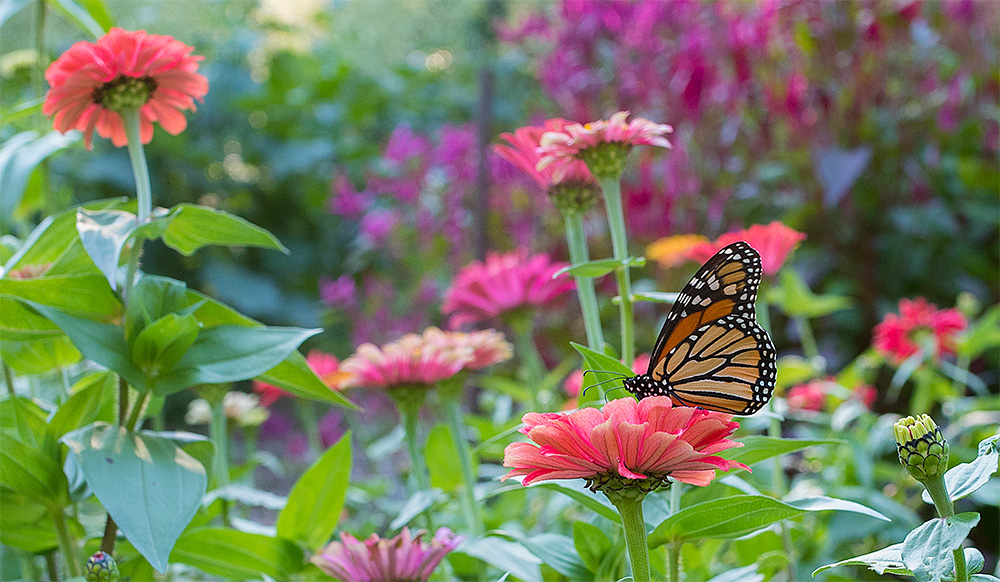
Butterflies also need to warm their wings before taking flight. To accommodate them, flat stones are good for absorbing heat. They can be located in the garden as a great place for butterflies to rest and bask in the sun’s rays before their busy day begins.
Attracting butterflies is only half the pleasure. Encourage them to stay and lay eggs for a future generation. Include in the garden or landscape host specific plants that serve as food for the butterfly larvae. Butterflies will almost always lay their eggs on plants preferred by that caterpillar. However, it’s important to do your research and know what host plants are preferred by that caterpillar larva. They usually have a strong preference to just a few specific plants.
Some popular host plant choices include parsley, dill, fennel, Queen Anne’s Lace, passion vine, ilkweed and many grasses. Just keep in mind as the caterpillar matures, it will be munching on the host plant as its food source. Be sure to be aware of this and not confuse the damage as a problem caused by an undesirable pest. Therefore, avoid the use of any insecticides or pesticides, as these will likely kill the larvae and butterflies.
Within a few weeks, a chrysalis will form and the larvae will develop into the next generation of butterflies to not only adorn your garden, but perform important pollinating duties as well.
Although there are more than 700 species of butterflies in North America, ranging in size from barely a half-inch to nearly 10 inches, most have a short life span averaging only 10-20 days. The more we can do to attract and keep them in our gardens, the more enjoyment we’ll have from these beautiful creatures.
Habitat for butterflies
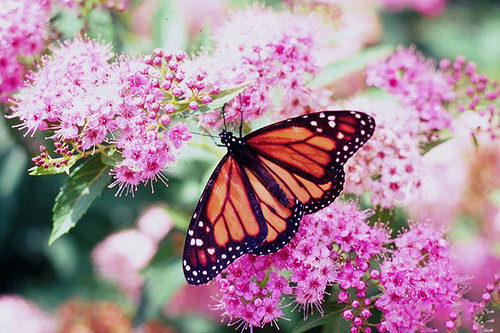
I delight in the butterflies that flit around my garden. They add beauty and can be encouraged to be regular guests in any garden if you design it, or at least part of it, for them. To demonstrate creating a butterfly friendly garden in my show display I am using nectar rich flowers and have giant metal butterflies flying above the garden as well as a butterfly silhouette and a butterfly wall designed for talking selfies.
Decline of butterflies
There are more than 40 butterflies in the Adelaide Region, with twenty commonly seen in urban gardens. Despite this most adults would say there are less butterflies around than there were when they were a child. While this may possibly due to the fact that they were more observant when they were children, there are many factors that have contributed to an overall decline in butterflies. The use of chemical pesticides and herbicides has a big impact on butterflies and it is ironic that gardeners love butterflies and yet often hate caterpillars. They forget that you cannot have butterflies without caterpillars, and if you want to attract butterflies back into their gardens it is necessary to accept some leaf chewing and damage for a greater benefit.
Two plant requirements
There are two types of plants you need in a ‘Habitat’ garden to attract butterflies – nectar-rich flowering plants for the adult butterflies and the correct food plants for their caterpillars. You must have food available in spring, summer and autumn and choose a range of plants that flower through these seasons. Butterflies love colourful flowers and those with daisy or pea flower forms, preferably single rather than double flowers, as they are easier to get nectar from.
While butterflies can use nectar from many different types of flowering plants as their source of energy, their caterpillars require specific food plants. Female butterflies will only lay their eggs on these plants and therefore will only breed if the specific caterpillar food plant is present. It is necessary to accept the fact that these plants will be subject to a certain amount of leaf chewing and damage, and obviously the use of garden chemicals must be avoided.
Food and habitat plants
A great way to attract native butterflies is to grow a wide variety of locally native plants ranging from trees and shrubs, down to grasses, groundcovers and climbers. There are a number of exotic plants that they also love including as Butterfly bushes (Buddleja species), Ageratum, Veronicas (Hebe species) and Cherry pie (Heliotropium arborescens). Some caterpillar food plants are actually weeds, such as cape weed and stinging nettles. You may choose to allow a controlled patch of these weeds to exist in your garden where they cannot cause any harm by spreading into the greater environment.
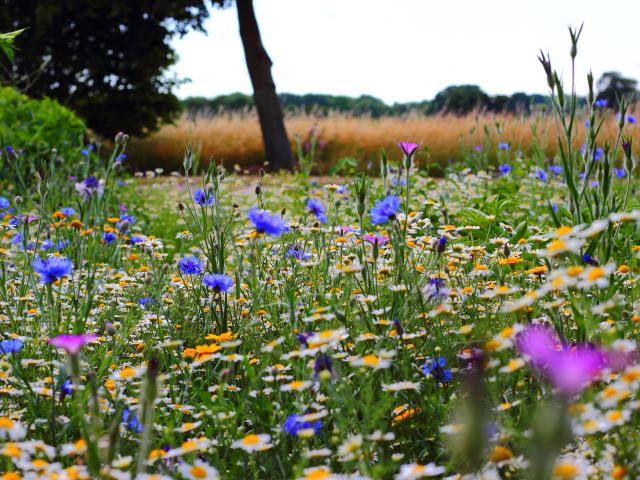
Below is a list of five native butterflies and their food sources.
- Australian Painted Lady Butterfly – Everlasting daisies such as the native Chrysocephalum species, as well as weed species such as cape weed.
- Meadow Argus Butterfly – Goodenia species, Fan flowers (Scaevola sp.), or snapdragon.
- Australian Admiral Butterfly – Stinging nettles (Urtica species) and baby’s tears.
- Two Spotted Line Blue – wattles (Acacia species).
- Common Grass Blue – herbs and low bushes with pea flowers such as native lilac (Hardenbergia species), Australia indigo (Indigofera australis), Bush-pea (Pultenaea species), clovers and peas and beans in the vegie patch.
By learning how to identify butterflies such as these and their larvae, you can distinguish between welcome guests and those that are not and need removal, such as cabbage white butterflies which devour the brassicas in our vegie patches, woolly bears, and looper caterpillars.
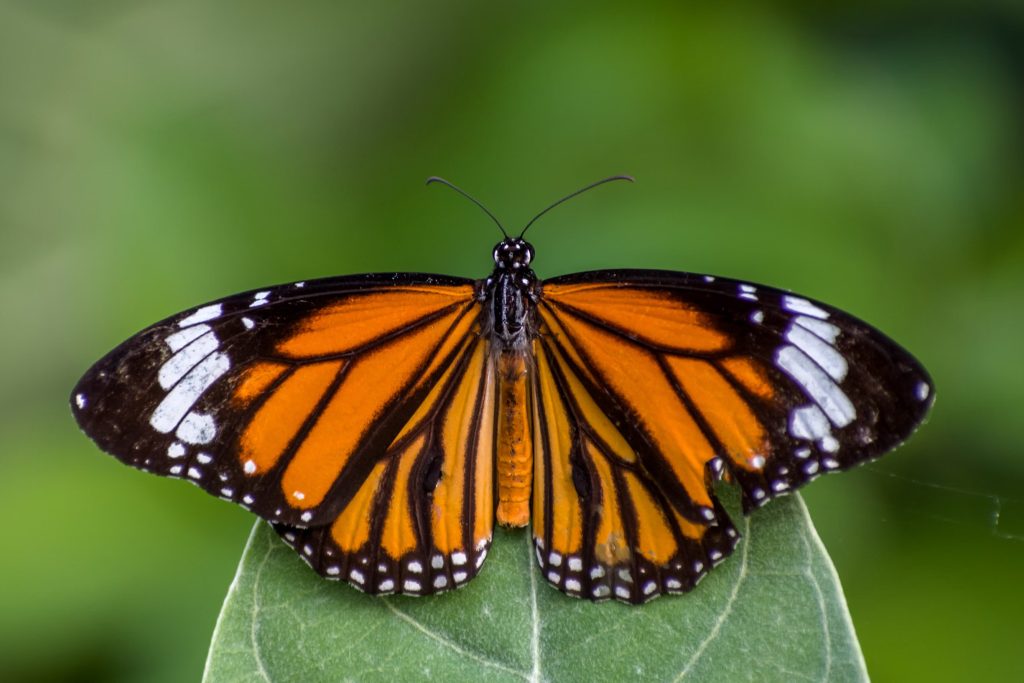
Other key factors for a butterfly garden apart from appropriate plant selection are:
- Warmth – There are two aspects to this requirement. Butterflies are cold blooded and need to warm up in the sun before they can take flight. As a result they are most active from mid-morning to mid-afternoon so locate your butterfly food plants where they get sun during this period as butterflies rarely will feed in the shade. Butterflies also use the sun for orientation. They love to rest and sun themselves to warm up, basking on paved paths or flat stones positioned in the sun yet protected from wind. In extremely hot weather, they will retreat to cooler shadier places for the heat of the day.
- Shelter from the wind – This is important at butterfly wings can be damaged by strong winds. By using a range of butterfly attracting plants of different heights you can use the taller varieties as wind breaks.
- Water – While gardeners often think about having water bowls for birds, they often forget about insects such as butterflies and bees. If you have not got a fish or frog pond, leave shallow bowls of water out for these smaller creatures and add some stones, sticks or branches to act as landing platforms.
- Plant diversity – The current minimalistic landscaping style uses mass plantings of minimal plant varieties and this does not provide enough nor the right sort food plants for butterflies. Butterflies are seen on warm days in spring summer and autumn so make sure that you have a range of plants which are flowering during this period as well as the rest of the year.
- Leave things a little wild – Butterflies are likely to visit your garden, and perhaps even stay and breed if you maintain some wild or informal areas such as is found in a cottage style garden. An intensely-maintained, manicured garden is inhospitable to wildlife because it is constantly being mowed, pruned and tidied. Many native butterflies and moths lay their larvae on native grasses and the caterpillars need to feed on these plants. Mowing, slashing or spraying these grasses will destroy the caterpillars.
Accept a little damage
Not only does butterfly gardening mean setting aside a part of your garden for its wildlife value, but it also means accepting some caterpillar damage for a greater purpose. Gardeners can make a huge difference to urban biodiversity by creating a butterfly garden in their backyards.
The key to finding caterpillars is first understanding the habitat for the adult butterfly. There are many types of butterfly habitat. The common element to these habitats usually is the availability of plants that provide a nectar source for adult butterflies and a food source for caterpillars.
The Intriguing World of Butterfly Habitats

Photo bypaulbr75onPixabay
Butterflies, with their vibrant colors and delicate grace, are among nature’s most fascinating creatures. Their habitats are as diverse as their species, ranging from urban parks to lush forests and even desert landscapes. This article explores the various types of butterfly habitats, their unique characteristics, and the vital role they play in the survival of these remarkable insects.
The Significance of Butterfly Habitats
Understanding the importance of butterfly habitats is crucial to preserving their population. Each habitat is a carefully balanced ecosystem, catering to the specific needs of its resident species. These habitats provide vital resources for butterflies, including food plants for the caterpillars and nectar sources for the adults. They also offer suitable sites for mating, laying eggs, and overwintering.
However, these habitats are under threat due to human activities such as urbanization, intensive farming, and climate change. The loss of habitats is a significant factor contributing to the declining butterfly populations worldwide. Hence, conserving and managing these habitats is critical to the survival of these beautiful creatures.
The Diversity of Butterfly Habitats
Butterflies inhabit a wide range of environments, each offering unique conditions that cater to specific species. The following sections delve into the various types of butterfly habitats: gardens, managed corridors, agricultural areas, natural and restored areas, urban and post-industrial sites, and specialized habitats like coastal areas, wetlands, woodlands, and mountains.
Gardens
Gardens, whether in residential areas, parks, or educational institutions, serve as mini-habitats for butterflies. The key to creating a butterfly-friendly garden lies in incorporating native plants, particularly those that provide food for caterpillars and nectar for adults. It is also essential to ensure that the garden is pesticide-free, as these chemicals can harm both caterpillars and adult butterflies.
Managed Corridors
Managed corridors such as highways and utility rights-of-way, when appropriately managed, can provide crucial habitats for butterflies. These areas require careful management, including the removal of invasive species, preparation of the surface, planting of native flowering plants, and timed mowing and monitoring.
Agricultural Areas
Historically, agricultural fields were significant sources of milkweed, a critical food source for monarch caterpillars. However, the introduction of herbicide-tolerant crops and widespread use of herbicides has reduced the availability of milkweed in these areas. Despite these challenges, farms can still play a vital role in butterfly conservation by adopting pollinator-friendly practices.
Natural and Restored Areas
Natural areas include nature preserves, parks, or areas not actively used for another purpose. Restored areas are lands that have been specially replanted and purposed for conservation. These areas can be enhanced for butterflies using simple conservation strategies, such as planting a mix of native flowers, providing native milkweed, and minimizing management practices like mowing.
Urban and Post Industrial
Urban areas, including gardens, parks, and even abandoned industrial sites, can serve as valuable habitats for adaptable butterfly species. These areas often harbor a variety of nectar plants and may also host the caterpillar food plants of certain species.
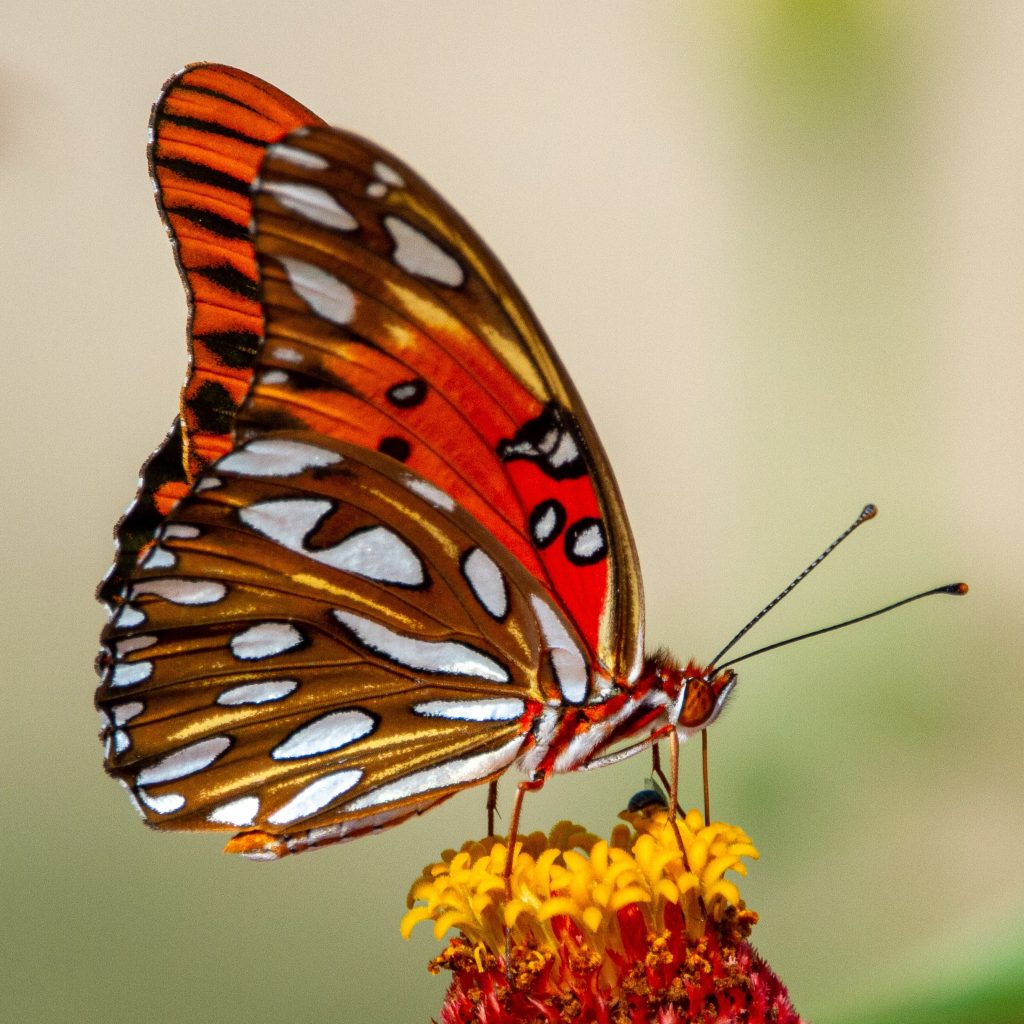
Specialized Habitats
Some butterflies are adapted to specialized habitats. For instance, coastal butterflies thrive in areas with sandy soil and salt-tolerant plants. Wetland butterflies depend on marshy areas with abundant reeds and grasses. Woodland butterflies prefer forested areas with a combination of open sunlight and shaded undergrowth. Mountain butterflies inhabit alpine meadows and rocky slopes.
Habitat Management for Butterfly Conservation
Habitat management plays a vital role in butterfly conservation. It involves maintaining the ecological conditions that butterflies need to complete their life cycle. While the specific management practices vary depending on the habitat type and the butterfly species, some common strategies include:
- Planting native vegetation: Native plants provide essential food sources for caterpillars and nectar for adult butterflies.
- Managing invasive species: Invasive plants can outcompete native vegetation and disrupt butterfly habitats.
- Reducing pesticide use: Pesticides can harm butterflies at all stages of their life cycle.
- Creating habitat corridors: These allow butterflies to move between fragmented habitats.
- Monitoring and research: Regular monitoring helps track butterfly populations and evaluate the effectiveness of conservation measures.
In Conclusion
Butterflies are not just aesthetically pleasing but also play a crucial role in our ecosystems as pollinators and indicators of environmental health. Understanding their habitat needs and implementing effective conservation strategies is key to ensuring their survival. Whether it’s a backyard garden or a large-scale farm, every space holds potential as a butterfly habitat. With thoughtful management, we can turn these spaces into sanctuaries for these winged wonders.

